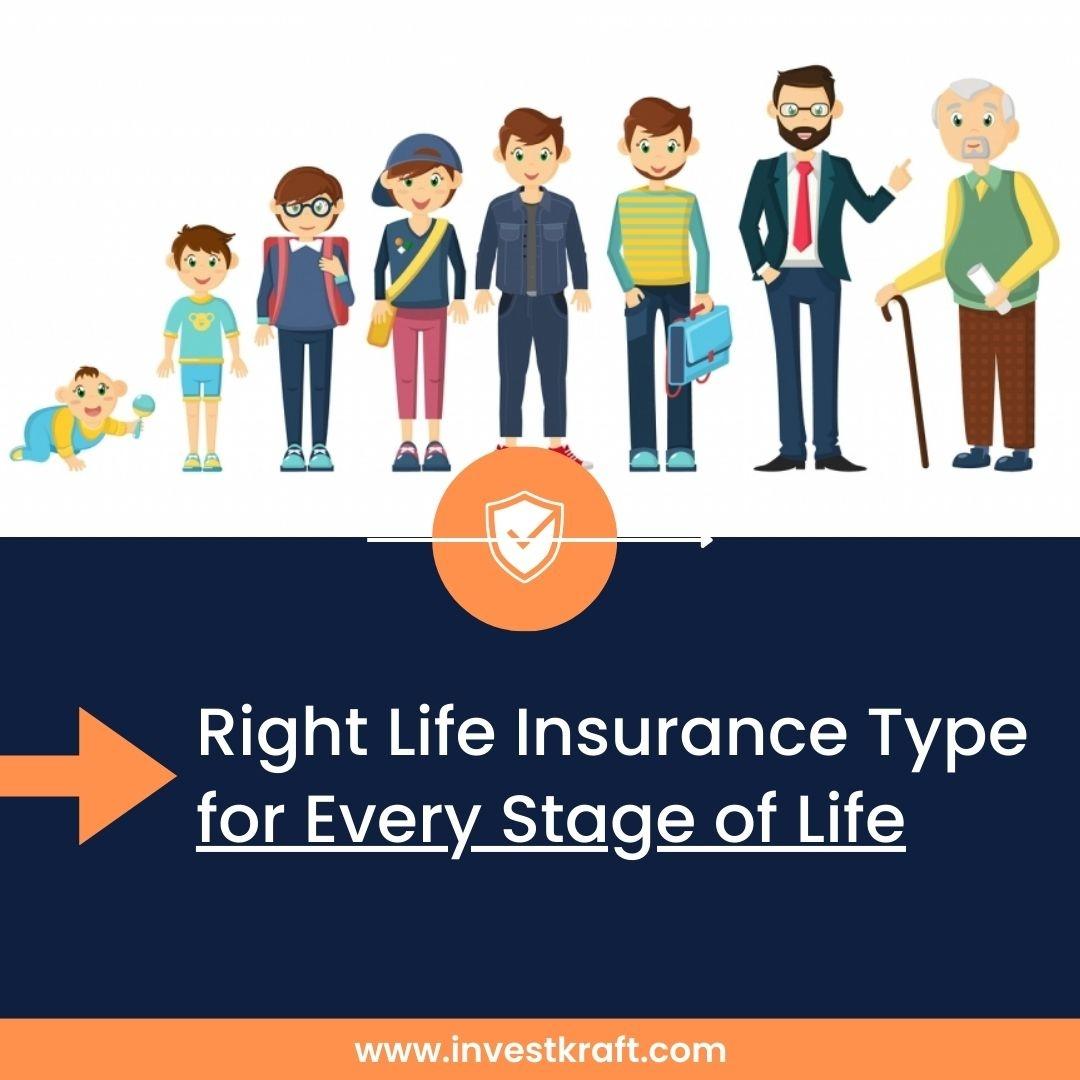Life insurance is a crucial component of a sound financial plan, offering peace of mind and financial security to your loved ones in the event of your untimely demise. However, the type of life insurance that best suits your needs can change dramatically as you progress through different stages of life. Here’s a comprehensive guide to help you choose the right life insurance type for every stage of life:
1. Young Adults (Ages 18-30)
Term Life Insurance:
- Affordability: As a young adult, you might be just starting your career and managing student loans or other debts. Term life insurance is generally more affordable and provides coverage for a specific period, usually 10, 20, or 30 years.
- Simplicity: It’s straightforward to understand, making it a good choice for those new to life insurance.
- Income Replacement: In case of an unexpected death, it can help cover funeral costs, student loans, or provide financial support to dependents.
2. Young Families (Ages 30-45)
Term Life Insurance:
- Coverage for Dependents: With young children, the primary goal is to ensure they are financially supported. Term life insurance can cover the period until they become financially independent.
- Mortgage Protection: It can also help pay off a mortgage or other significant debts, providing stability for your family.
Whole Life Insurance:
- Cash Value Accumulation: As your income grows, whole life insurance becomes an attractive option. It not only provides a death benefit but also accumulates cash value that you can borrow against or use for emergencies.
- Lifetime Coverage: It offers life coverage, ensuring your beneficiaries receive a payout regardless of when you pass away.
3. Mid-Life (Ages 45-60)
Whole Life Insurance:
- Investment Component: With potentially higher disposable income, whole life insurance’s investment component can be advantageous, providing a combination of insurance and savings.
- Estate Planning: It can also be part of an estate planning strategy, helping to cover estate taxes and leaving a legacy.
Universal Life Insurance:
- Flexibility: Universal life insurance offers flexible premiums and death benefits, which can be adjusted as your financial situation changes. This is beneficial if you have fluctuating income or evolving financial goals.
- Cash Value Growth: Like whole life insurance, it accumulates cash value, but with potentially higher growth based on market performance.
4. Nearing Retirement (Ages 60+)
Guaranteed Universal Life Insurance:
- Lifetime Coverage with Flexibility: This type combines the lifelong coverage of whole life insurance with the flexibility and lower premiums of term life insurance.
- No Cash Value: It typically doesn’t build cash value, keeping the focus on providing a death benefit at a lower cost.
Final Expense Insurance:
- Cover Funeral Costs: Specifically designed to cover funeral and burial expenses, this type of insurance ensures that your loved ones aren’t burdened with these costs.
- Simplified Underwriting: Often, it requires minimal health checks, making it easier to obtain for older individuals.
5. Wealth Preservation and Legacy Planning
Variable Life Insurance:
- Investment Opportunities: For those looking to grow their wealth and leave a significant legacy, variable life insurance offers investment options within the policy.
- Higher Risk and Reward: The cash value and death benefit can fluctuate based on investment performance, suitable for those comfortable with market risks.
Survivorship Life Insurance (Second-to-Die):
- Estate Planning: This policy covers two people, typically a married couple, and pays out after both have passed away. It’s useful for estate planning, providing funds to cover estate taxes and ensuring heirs receive a substantial inheritance.
Conclusion
Choosing the right life insurance type at every stage of life involves assessing your financial situation, future goals, and the needs of your dependents. As your circumstances evolve, so too should your life insurance strategy. Regularly reviewing and adjusting your coverage ensures that you and your loved ones remain financially protected no matter where life takes you.

